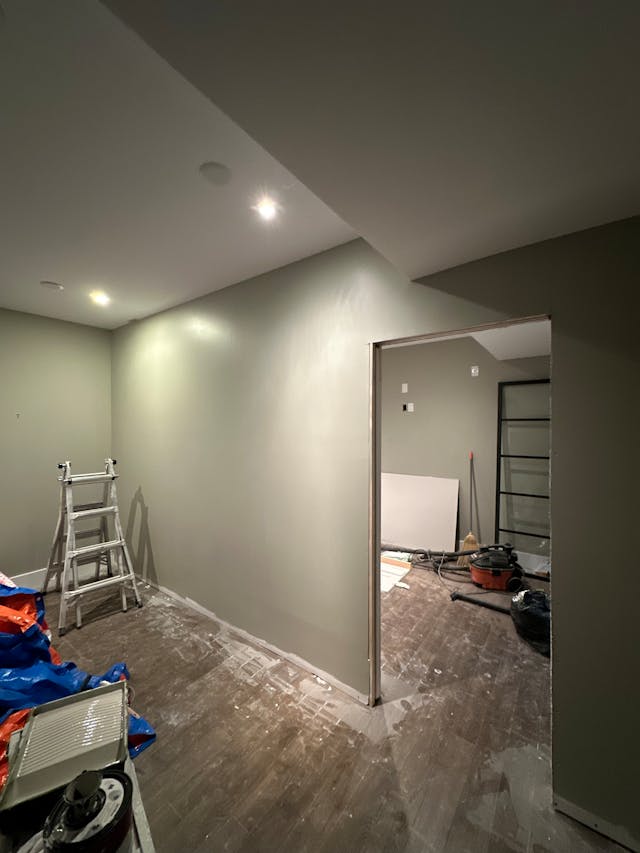Home remodeling projects can be exciting but also challenging. Whether upgrading your kitchen, transforming your bathroom, or adding an entirely new space, proper planning is crucial to ensure the success of your renovation. Without a well-thought-out plan, remodeling projects can go over budget, take longer than expected, or fail to meet your expectations. This article will guide you through the essential steps to plan and execute a successful home remodeling project.
1. Define Your Remodeling Goals
Before you start, it is essential to identify the purpose of your remodeling project. Ask yourself the following questions:
- What do I want to achieve with this renovation?
- Am I remodeling to improve functionality and aesthetics or increase home value?
- What are my must-have features versus my nice-to-have features?
- Will this project require structural changes or only cosmetic upgrades?
Clearly defining your goals will help you make informed decisions throughout the remodeling process and communicate your vision effectively to contractors and designers.


2. Set a Realistic Budget
One of the biggest challenges in home remodeling is managing costs. Establishing a realistic budget helps prevent overspending and unexpected financial stress. Consider the following when setting your budget:
- Materials and Labor: Research the average materials and labor costs in your area.
- Permits and Inspections: Check if your project requires permits, which may add extra costs.
- Hidden Costs: Allocate at least 10-20% of your budget for unforeseen expenses such as plumbing or structural repairs.
- Professional Fees: If hiring an architect, interior designer, or project manager, include their fees in your budget.
A detailed budget plan will ensure you have sufficient funds to complete your project without financial strain.
3. Develop a Remodeling Timeline
A home remodeling project requires careful scheduling to avoid unnecessary delays. Consider the following when developing a timeline:
- Project Scope: Larger renovations take more time. A full kitchen remodel may take 2-3 months, while a bathroom upgrade can take a few weeks.
- Material Availability: Some materials, like custom cabinets or imported tiles, may have longer lead times.
- Permitting Process: Some renovations require permits that can take weeks.
- Contractor Availability: Experienced contractors often have busy schedules. Book your contractor well in advance to avoid delays.


A realistic timeline helps you plan accordingly and reduces disruptions to your daily life.
4. Choose the Right Professionals
Hiring the right professionals can make or break your remodeling project. Consider the following when selecting contractors and designers:
- Licensing and Certification: Ensure your contractor is licensed, bonded, and insured.
- Experience and Expertise: Look for professionals with experience in your type of project.
- Portfolio and References: Review past projects and speak with previous clients.
- Written Estimates and Contracts: Get multiple quotes and ensure everything is in writing, including project scope, timelines, and payment schedules.
Hiring skilled professionals ensures high-quality work and minimizes risks.
5. Obtain Necessary Permits and Approvals
Many home remodeling projects require permits to comply with local building codes. Failing to obtain the necessary permits can lead to fines, delays, or even having to redo the work. Check with your local municipality to determine:
- Which permits are required for your project
- The estimated time to obtain permits
- Inspection requirements during and after construction
Your contractor should be familiar with the permitting process and can help ensure compliance with local regulations.
6. Plan for Functionality and Aesthetic Design
Balancing functionality and aesthetics is essential for a successful remodel. Consider the following:
- Space Optimization: Maximize storage, seating, and usability.
- Lighting Design: Combine natural light with well-placed artificial lighting.
- Material Selection: Choose durable materials that match your lifestyle.
- Color Schemes: Select cohesive colors that enhance the ambiance of your space.
- Energy Efficiency: Incorporate eco-friendly appliances and sustainable materials.
Carefully planned designs enhance beauty and practicality, making your remodel a long-term success.
7. Select Quality Materials
The quality of materials you choose will impact the longevity and appearance of your remodeled space. Here’s how to make the best choices:
- Prioritize Durability: Opt for materials that withstand daily wear and tear.
- Compare Options: Research different brands and materials to find the best balance between quality and cost.
- Consider Maintenance Needs: Some materials, like marble countertops or hardwood floors, require more upkeep than others.
- Check Warranties: Invest in products with warranties to protect your investment.
Investing in high-quality materials will ensure your renovation looks great and lasts for years.
8. Create a Contingency Plan
Unexpected issues can arise during remodeling projects, from hidden water damage to supply chain delays. To minimize stress and keep the project on track:
- Have a Backup Budget: Set aside an extra 10-20% for unforeseen expenses.
- Plan for Temporary Living Arrangements: Consider temporary housing options if major renovations make your home unlivable.
- Expect Delays: Weather, supply shortages, or permit approvals may cause delays. Be flexible and adjust timelines accordingly.
Being prepared for setbacks ensures that your project remains manageable and stress-free.
9. Communicate Clearly and Regularly
Effective communication with your contractor and remodeling team is key to a successful project. Consider these best practices:
- Schedule Regular Meetings: Weekly check-ins help address concerns and keep progress on track.
- Keep a Project Journal: Document changes, issues, and notes for reference.
- Set Clear Expectations: Ensure all parties understand deadlines, material choices, and design preferences.
- Address Issues Promptly: If problems arise, discuss solutions with your contractor immediately to prevent costly delays.
Strong communication ensures a smooth renovation process with fewer misunderstandings.
10. Final Walkthrough and Quality Check
Before signing off on the completed project, conduct a final walkthrough with your contractor to inspect the work. Check for:
- Workmanship Quality: Ensure that materials and finishes meet expectations.
- Functionality: Test all fixtures, appliances, doors, and windows.
- Cleanup and Debris Removal: Confirm that the site is clean and construction debris-free.
- Punch List Items: Document any minor touch-ups or unfinished tasks that need completion.
Once satisfied, request warranty documentation and keep all receipts and records for future reference.
Conclusion
Planning a successful home remodeling project requires careful preparation, budgeting, and professional guidance. You can achieve a stunning and functional renovation by defining clear goals, selecting quality materials, hiring experienced professionals, and maintaining open communication. Whether updating a single room or undertaking a major home transformation, these steps will help ensure a smooth and rewarding remodeling experience.

No responses yet